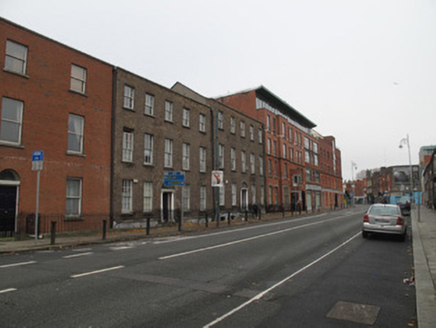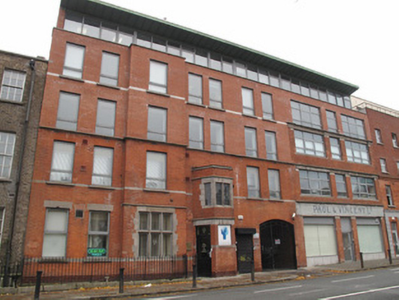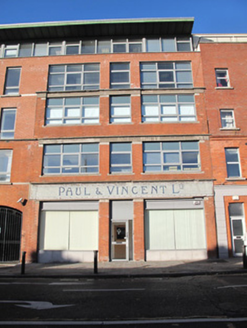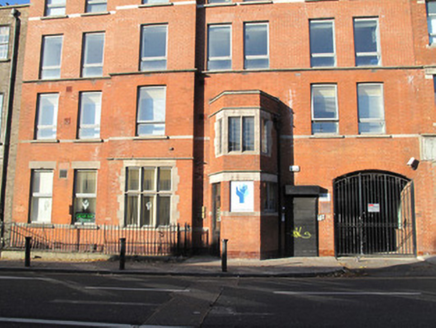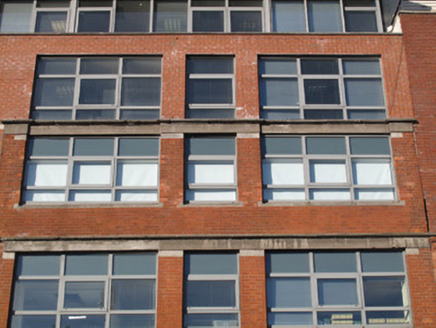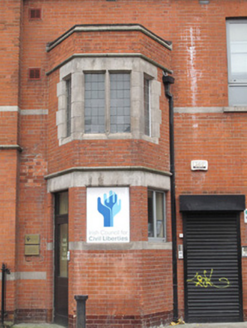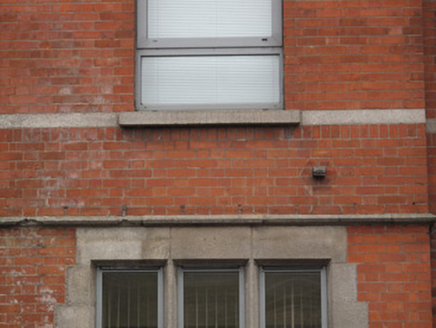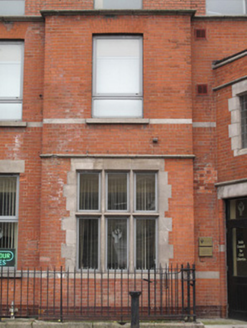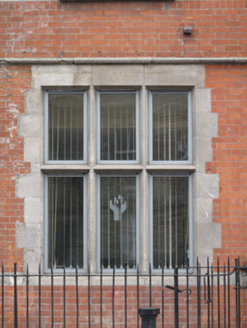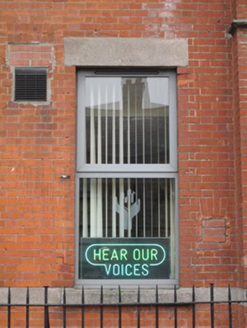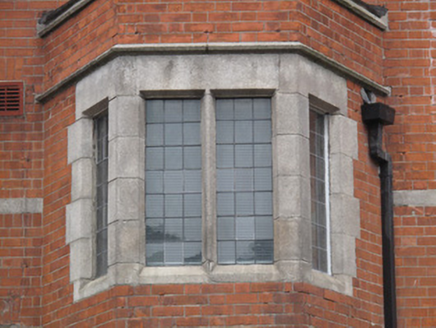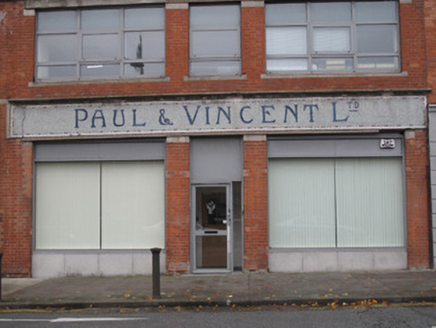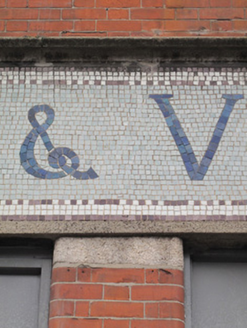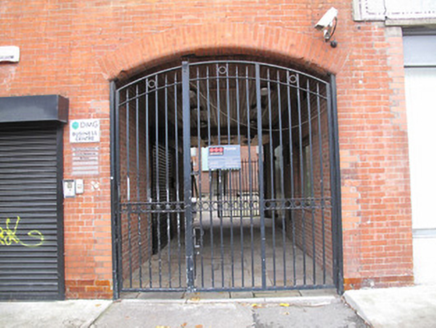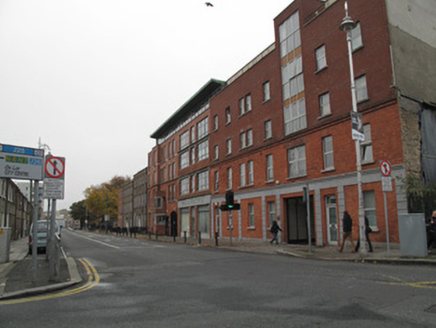Survey Data
Reg No
50070209
Rating
Regional
Categories of Special Interest
Architectural
Previous Name
Paul & Vincent
Original Use
Shop/retail outlet
In Use As
Office
Date
1910 - 1920
Coordinates
314455, 234626
Date Recorded
02/11/2012
Date Updated
--/--/--
Description
Attached three-bay three-storey commercial building with shopfront, adjoining seven-bay two-storey building with integral carriage arch, built c.1915, two-storey canted bay and single-bay breakfront to front (east) elevation, recently extended upwards with additional storeys added to create ten-bay five-storey building. Formerly in use as shop and manufacturer's, now in use as offices. Red brick walls, laid in Flemish bond, cut granite platbands and string courses. Glazed brick plinth course. Mosaic-tiled fascia to shopfront, cornice over. Square-headed window openings to upper floors, chamfered stone sills, replacement uPVC windows. Square-headed window openings to upper floors, red brick voussoirs, stone sills, replacement uPVC windows. Square-headed window openings with chamfered granite block-and-start surrounds and mullions, to canted bay and to one ground floor window. Leaded windows to first floor of canted bay, replacement uPVC windows to other openings. Square-headed door openings to south of canted bay and to front, half-glazed timber panelled door and overlight, steel roller-blind. Segmental-arched integral carriage arch to front, red brick voussoirs, recent steel gate.
Appraisal
The original facades of these buildings have been incorporated into recent office blocks. The original brickwork adds colour to the streetscape, and is articulated by granite and render detailing. The mosaic fascia to the front provides textural and contextual interest. Paul & Vincent were a firm dealing in farming implement manufacture, chemical manure, and iron foundry. The street numbers of Blackhall Place were renumbered in 1916, and it appears that the company rebuilt their premises around this time. The premises was valued for rates at £33 in 1910, £70 in 1915, and £155 in 1916, indicating redevelopment. The sharp edged machine made brick is typical of the early twentieth century.
